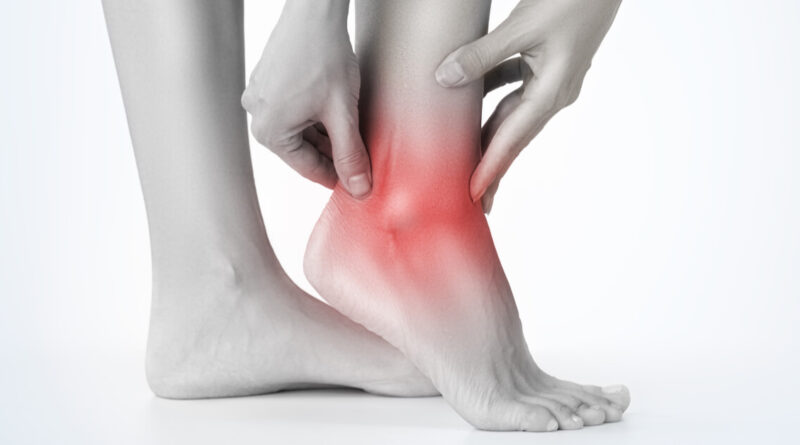 A sprain is a stretching or tearing of ligaments — the tough bands of fibrous tissue that connect two bones together in your joints. The most common location for a sprain is in your ankle.
A sprain is a stretching or tearing of ligaments — the tough bands of fibrous tissue that connect two bones together in your joints. The most common location for a sprain is in your ankle.
Initial treatment includes rest, ice, compression and elevation. Mild sprains can be successfully treated at home. Severe sprains sometimes require surgery to repair torn ligaments.
The difference between a sprain and a strain is that a sprain injures the bands of tissue that connect two bones together, while a strain involves an injury to a muscle or to the band of tissue that attaches a muscle to a bone.
Symptoms
Signs and symptoms will vary, depending on the severity of the injury, and may include:
- Pain
- Swelling
- Bruising
- Limited ability to move the affected joint
- Hearing or feeling a “pop” in your joint at the time of injury
Causes
A sprain occurs when you overextend or tear a ligament while severely stressing a joint. Sprains often occur in the following circumstances:
- Ankle — Walking or exercising on an uneven surface, landing awkwardly from a jump
- Knee — Pivoting during an athletic activity
- Wrist — Landing on an outstretched hand during a fall
- Thumb — Skiing injury or overextension when playing racquet sports, such as tennis
Children have areas of softer tissue, called growth plates, near the ends of their bones. The ligaments around a joint are often stronger than these growth plates, so children are more likely to experience a fracture than a sprain.
Risk factors
Factors contributing to sprains include:
- Environmental conditions.Slippery or uneven surfaces can make you more prone to injury.
- Tired muscles are less likely to provide good support for your joints. When you’re tired, you’re also more likely to succumb to forces that could stress a joint.
- Poor equipment.Ill-fitting or poorly maintained footwear or other sporting equipment can contribute to your risk of a sprain.
Treatment
For immediate self-care of a sprain, try the R.I.C.E. approach — rest, ice, compression, elevation:
- Avoid activities that cause pain, swelling or discomfort. But don’t avoid all physical activity.
- Even if you’re seeking medical help, ice the area immediately. Use an ice pack or slush bath of ice and water for 15 to 20 minutes each time and repeat every two to three hours while you’re awake for the first few days after the injury.
- To help stop swelling, compress the area with an elastic bandage until the swelling stops. Don’t wrap it too tightly or you may hinder circulation. Begin wrapping at the end farthest from your heart. Loosen the wrap if the pain increases, the area becomes numb or swelling is occurring below the wrapped area.
- Elevate the injured area above the level of your heart, especially at night, which allows gravity to help reduce swelling.
At Alimran Medical Center, we may recommend any of the following treatments
Regenerative medicine treatment (Prolotherapy)
- Electrical stimulation
- Short and long wave
- Laser therapy
- Ultrasonic therapy
- Magnatic therapy
- Exercises
Chiropractic

